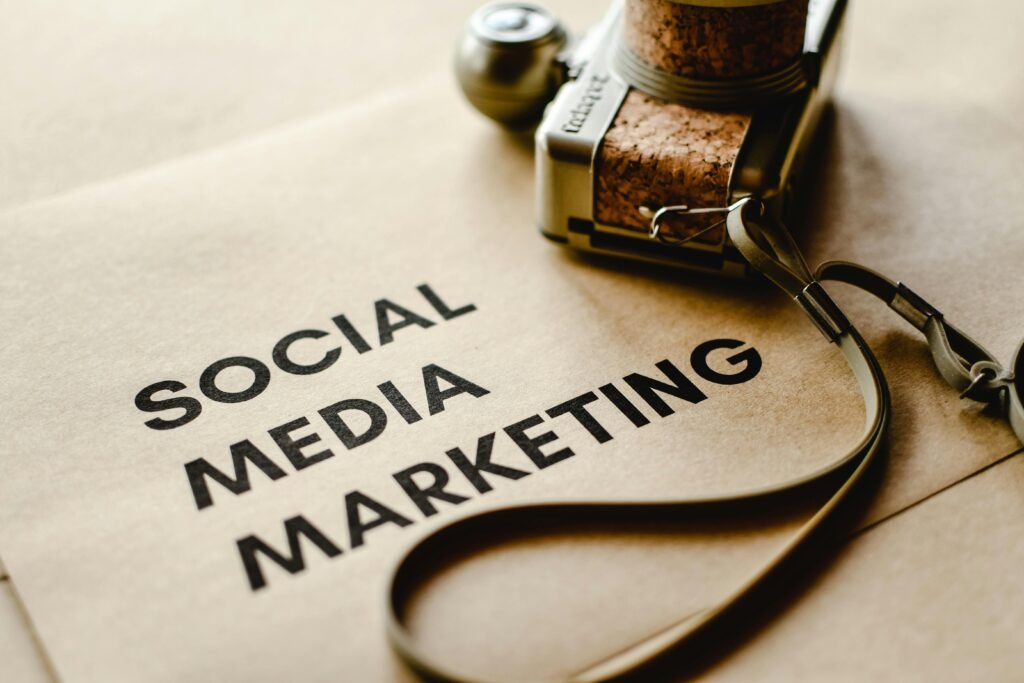The Future of Digital Marketing: Key Trends and How to Stay Ahead
Future of Digital Marketing
Introduction
Digital marketing is changing faster than ever. With new technology, AI-driven tools, and evolving consumer behaviors, businesses must stay ahead to remain competitive. So, what does the future of digital marketing look like? In this article, we’ll explore the latest trends and strategies that will shape marketing in 2025 and beyond.
Digital marketing also uses of online channels, strategies, and technologies to promote products or services to a targeted audience. Unlike traditional marketing, which relies on print ads and TV commercials, digital marketing leverages websites, social media, email, search engines, and online advertising to reach customers in real-time. With the rise of AI, data-driven strategies, and automation, businesses can now create highly personalized and engaging marketing campaigns that drive traffic, boost sales, and build brand awareness. Whether you’re a small startup or a global enterprise, mastering digital marketing is essential for success in today’s fast-paced online world.
1. AI is Taking Over Digital Marketing
Artificial Intelligence (AI) is no longer the future—it’s the present. AI-powered tools are transforming marketing by making it smarter, faster, and more personalized.
How AI is Changing Digital Marketing:
Chatbots & Virtual Assistants – AI chatbots like ChatGPT and Google Bard handle customer inquiries instantly.
AI-Generated Content – Tools like Jasper and Copy.ai help businesses create blogs, social media posts, and even video scripts.
Predictive Analytics – AI can analyze user behavior and predict future trends, helping businesses target the right audience.
Smart Advertising – AI-powered ads automatically optimize to get the best results.
What You Can Do: Start using AI tools to improve customer engagement and create personalized marketing campaigns.

2. Voice Search is Changing SEO
More people are using voice assistants like Siri, Alexa, and Google Assistant to search online. This means SEO is shifting from short keywords to natural, conversational phrases.
How to Optimize for Voice Search:
Focus on question-based content (e.g., “What is the best smartphone in 2025?” instead of “best smartphone 2025”).
Use long-tail keywords that match how people speak.
Optimize your website for featured snippets to appear in voice search results
What You Can Do: Update your content to match how people talk, not just how they type.
3. Video Content is King
If you’re not using video in your marketing, you’re missing out. Short videos, live streams, and interactive content are driving engagement across platforms like YouTube, TikTok, and Instagram.
Video Trends to Watch:
Short-Form Videos – Platforms like TikTok and Instagram Reels are dominating social media
Live Streaming – Businesses are using live Q&As, product demos, and behind-the-scenes content.
AI-Generated Videos – AI tools can now create professional-looking videos quickly and affordably
What You Can Do: Start creating short, engaging videos to boost your brand’s visibility.

.
4. The Rise of Augmented Reality (AR) and Virtual Reality (VR)
Brands are using AR and VR to create immersive shopping experiences, making online interactions feel more real.
How Businesses Are Using AR/VR:
Virtual Try-Ons – Brands like Sephora and IKEA allow customers to test products before buying.
360-Degree Product Previews – E-commerce stores showcase products from every angle.
VR Shopping Experiences – Brands are experimenting with virtual showrooms and metaverse shopping.
What You Can Do: Look for creative ways to integrate AR/VR into your marketing.
5. Social Media is Becoming a Shopping Hub
Social media platforms are blurring the lines between content and e-commerce. Consumers can now buy products directly from Instagram, Facebook, and TikTok without leaving the app.
How Social Commerce is Growing:
Instagram & Facebook Shops – Businesses can create full shopping experiences within social platforms.
TikTok Shop – Influencers and brands are selling directly through videos.
Pinterest Shopping – Users can discover and purchase products instantly.
What You Can Do: Make sure your social media profiles are optimized for selling, not just engagement.
6. Privacy and First-Party Data Matter More Than Ever
With Google phasing out third-party cookies, businesses must shift to collecting their own customer data. First-party data (collected directly from your audience) is now the key to personalized marketing.
How to Adapt:
Encourage email sign-ups and loyalty programs to collect direct data.
Use interactive content like quizzes and polls to engage users and gather insights.
Invest in Customer Data Platforms (CDPs) to manage and analyze customer information.
What You Can Do: Start focusing on collecting and using first-party data in a way that respects privacy.

7. SEO is Evolving – Are You Ready?
Google’s search algorithms are changing, and marketers must adapt to AI-powered search results.
SEO Trends for the Future:
AI-Powered Search – Google’s Search Generative Experience (SGE) is changing how users find information.
Zero-Click Searches – More users get answers directly from Google, without clicking a website.
Mobile & User Experience (UX) Focus – Fast-loading, mobile-friendly sites will rank higher.
What You Can Do: Improve your website’s UX, mobile speed, and content structure for better search rankings.
Conclusion: Stay Ahead in the Future of Digital Marketing
The future of digital marketing is AI-driven, video-focused, voice-search optimized, and privacy-centered. To stay ahead, businesses must embrace new technologies, personalize content, and optimize for changing search trends.
Key Takeaways:
✅ AI will power smarter marketing strategies
.✅ Voice search and conversational content will grow.
✅ Video marketing will continue to dominate.
✅ AR & VR will create immersive brand experiences.
✅ Social media will become a powerful e-commerce platform.✅ Privacy-first strategies and first-party data will be crucial.
✅ SEO will evolve with AI-powered search engines.
Want to future-proof your marketing strategy? Start implementing these trends today!
